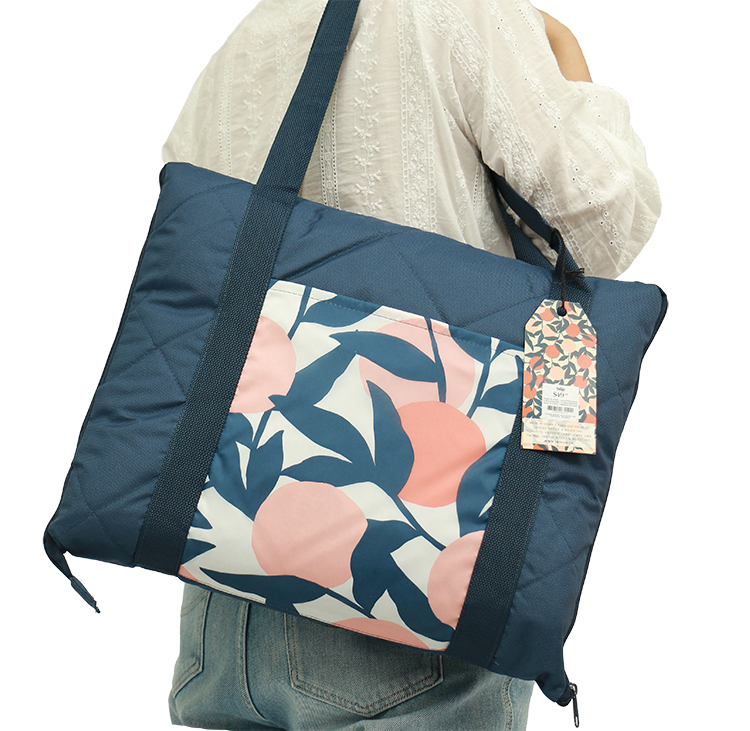
Dez . 11, 2024 06:29 Back to list
Premium Durable Fencing Solutions for Livestock and High-Quality Cattle Protection
High Quality Cattle Fence Products An Essential Investment for Livestock Management
When it comes to raising cattle, ensuring the safety and wellbeing of your animals is of utmost importance. One of the key aspects of good livestock management is effective fencing. A high-quality cattle fence product can make a significant difference in maintaining healthy and secure pastures. In this article, we will explore the various types of cattle fencing, the benefits of investing in high-quality materials, and tips for selecting the right cattle fence for your needs.
Types of Cattle Fencing
1. Barbed Wire Fencing This is one of the most traditional forms of cattle fencing. Barbed wire is durable and often used for large pastures. While effective at keeping cattle contained, it’s essential to monitor and maintain barbed wire to prevent injury to the animals.
2. Electric Fencing Increasingly popular among cattle ranchers, electric fencing provides an effective deterrent without the risk of injury commonly associated with barbed wire. The electric wire emits a mild shock that teaches cattle to respect the boundaries. This type of fencing is easier to install and can be moved as needed, making it versatile for rotational grazing practices.
3. Composite Fencing Made from a combination of plastic and fiberglass, composite fencing is becoming an attractive option due to its durability and resistance to weather. It does not splinter or rust and offers a clean aesthetic which is appealing for both agricultural and residential properties.
4. Wood Fencing Wood fences provide a robust and aesthetically pleasing option. While they require regular maintenance and can be more expensive upfront, well-constructed wooden fences can last for many years if properly cared for. They are great for smaller pastures where visual appeal is essential.
5. Woven Wire Fencing This type of fencing is made up of vertical and horizontal wires woven together. It is excellent for containing cattle, especially younger ones, as it prevents them from escaping. Woven wire fencing is strong and durable, suitable for various terrains and climates.
Benefits of High-Quality Cattle Fencing
Investing in high-quality cattle fencing comes with numerous advantages
1. Durability High-quality materials withstand environmental stresses, such as harsh weather or soil conditions, leading to reduced replacement costs over time.
2. Safety Strong fencing ensures that cattle remain within designated areas, which is critical for their safety. It prevents them from wandering into dangerous areas or onto roads where they could be harmed.
high quality cattle fence product

4. Improved Grazing Management With the right fencing, farmers can implement rotational grazing practices. This not only boosts pasture health but also enhances the quality of feed available for cattle, contributing to overall herd productivity.
5. Better Biosecurity High-quality fencing acts as a barrier against wild animals that may transmit diseases to your livestock, effectively increasing biosecurity measures.
Selecting the Right Cattle Fence
When choosing a cattle fence, several factors should be taken into account
1. Type of Cattle Different breeds may require different fence heights and types. Ensure that the fence accommodates the characteristics of your herd.
2. Terrain The landscape of your property can affect your fencing choice. Flat land may work well with one type of fencing, while hilly or rocky areas may require something more robust.
3. Climate Variations in weather can affect material longevity. Choose materials that are appropriate for your region’s climate to ensure longevity and efficacy.
4. Budget Analyze your budget not only for the initial purchase but also for installation and maintenance costs over time. Remember that cheaper options might lead to higher costs in the long run due to repairs or replacements.
5. Purpose Determine whether the fencing is strictly for containment, or if it also needs to provide protection from predators or facilitate rotational grazing systems.
Conclusion
Investing in a high-quality cattle fence product is essential for effective livestock management. It impacts animal safety, pasture health, and overall farm efficiency. By understanding the various types of fencing available, the benefits of high-quality materials, and the factors affecting your choice, you can make informed decisions to ensure the wellbeing of your cattle and the success of your farming operation. A durable and effective cattle fence not only protects your investment but also enhances your farming experience.
-
Best Military Sleeping Bag Wholesale Army Sleeping Bag Military Supplier/Manufacturers
NewsJun.10,2025
-
Premium Rainbow Picnic Blanket China Rainbow Picnic Blanket Supplier & Manufacturer
NewsJun.10,2025
-
Sustainable Picnic Blankets Wholesale Eco-Friendly Manufacturer Supplier
NewsJun.10,2025
-
Wholesale Cheap Outdoor Tents Factory Direct Bulk Pricing
NewsJun.10,2025
-
Wholesale Canvas Sleeping Bag Supplier Durable Factory Prices
NewsJun.10,2025
-
Premium Grey Waterproof Picnic Blanket Durable Supplier
NewsJun.09,2025
